Imagine being able to hit the pause button on your life, freeze your biological clock, and then wake up years later as if no time had passed at all. While this sounds like pure science fiction for humans, it’s a remarkable reality for countless insects around the world. These tiny creatures have mastered one of nature’s most extraordinary survival strategies, allowing them to weather harsh conditions, survive environmental catastrophes, and emerge when conditions are just right to continue their lives exactly where they left off.
The Biological Masterpiece of Diapause
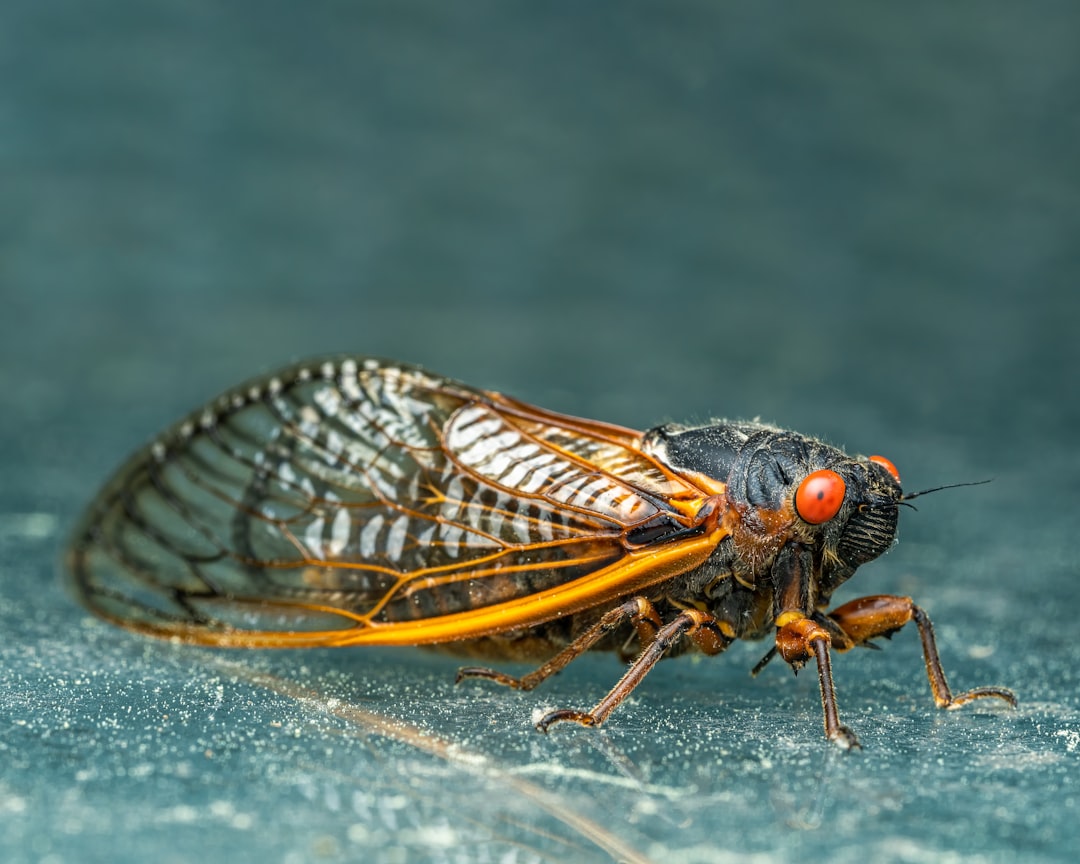
Diapause represents one of evolution’s most sophisticated solutions to environmental uncertainty. Unlike simple hibernation or dormancy, this state involves a complete shutdown of developmental processes at the cellular level. Insects entering diapause don’t just slow down their metabolism; they literally stop aging and growing entirely.
The mechanism operates through complex hormonal cascades that essentially freeze time within the insect’s body. Think of it as nature’s cryogenic chamber, but instead of using freezing temperatures, these creatures use biochemical switches that can remain “off” for months, years, or even decades. When the right environmental cues arrive, these biological alarm clocks spring back to life with stunning precision.
The Arctic Woolly Bear Caterpillar’s Decade-Long Freeze
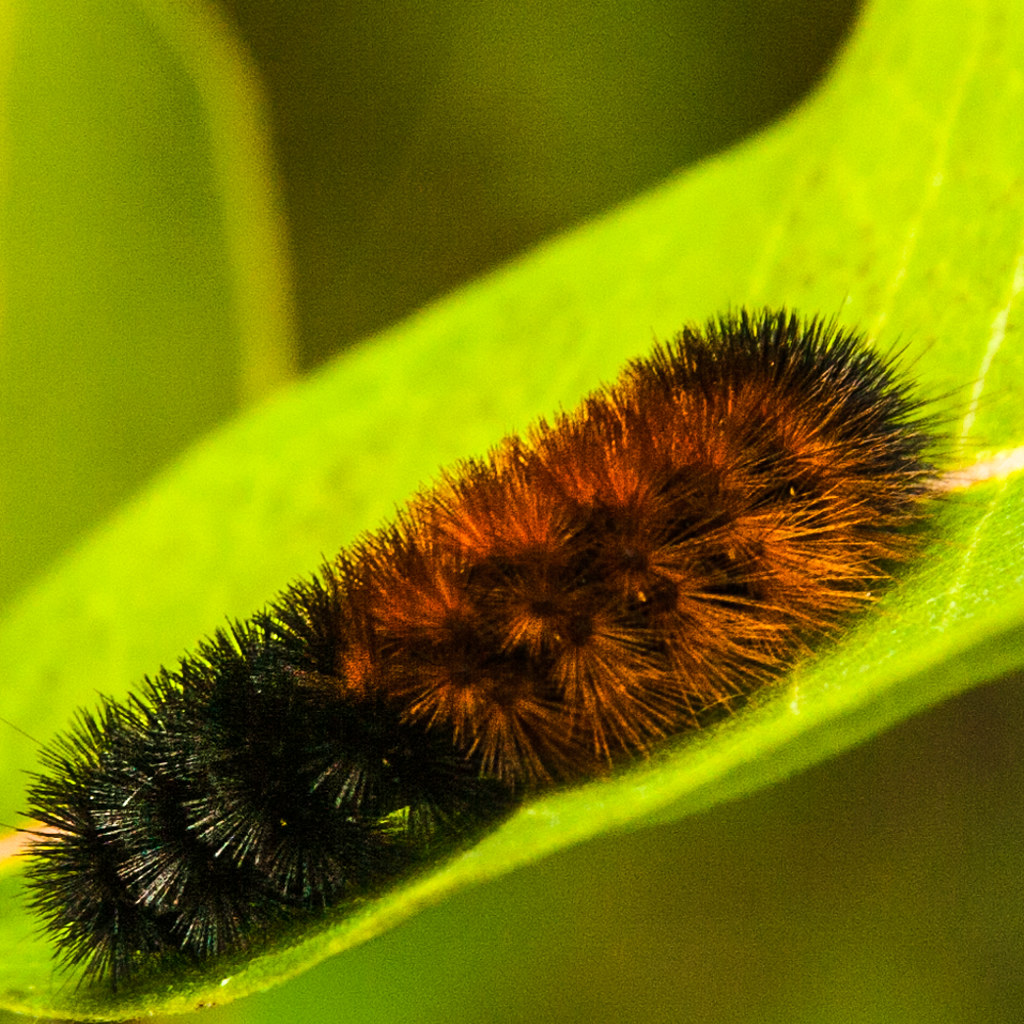
In the harsh Arctic tundra, the Isabella tiger moth caterpillar, commonly known as the woolly bear, performs one of nature’s most extreme time-stops. These fuzzy caterpillars can remain frozen solid for up to 14 years, enduring temperatures that would instantly kill most living creatures. During this extended pause, their bodies become living ice sculptures, with specialized antifreeze proteins preventing cellular damage.
Each brief Arctic summer, these caterpillars thaw out, feed frantically for a few weeks, then freeze again as winter approaches. This cycle can repeat year after year until they’ve accumulated enough energy to finally pupate and emerge as moths. It’s like living life in ultra-slow motion, where a single childhood spans more than a decade.
Cicadas and Their Underground Time Capsules

Perhaps no insect demonstrates the power of extended diapause quite like periodical cicadas, which remain buried underground for either 13 or 17 years before emerging en masse. These remarkable insects spend their extended childhood as nymphs, slowly growing in underground chambers while feeding on tree root juices. Their emergence is synchronized with mathematical precision, creating one of nature’s most spectacular mass events.
The timing isn’t random – these prime-numbered cycles likely evolved to avoid predator synchronization and ensure reproductive success. When they finally emerge, millions of cicadas transform landscapes into buzzing amphitheaters, mate frantically, and then die within weeks. Their offspring immediately burrow underground to begin their own decade-plus journey through time.
What makes this even more fascinating is that different populations, called broods, emerge in different years, creating a complex temporal puzzle across North America. Some scientists believe climate change may be disrupting these ancient cycles, causing some populations to emerge early or late.
Mosquito Eggs That Wait for Perfect Conditions
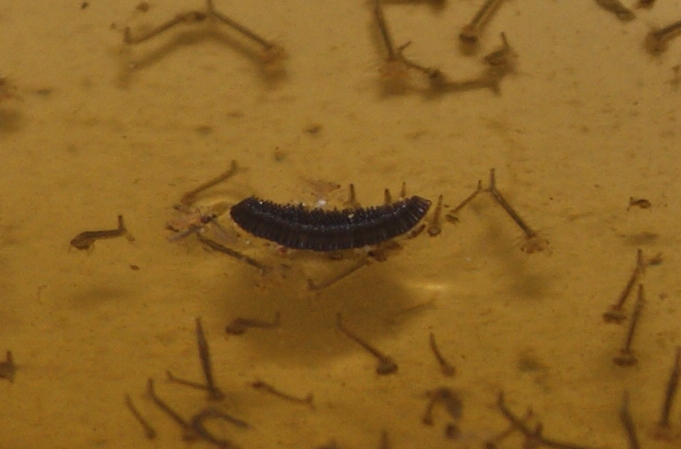
While adult mosquitoes might seem like simple nuisances, their eggs possess remarkable time-traveling abilities. Many species lay eggs that can remain viable in dried-up puddles, tree holes, or containers for months or even years. These eggs essentially become biological time bombs, waiting for the perfect combination of moisture, temperature, and chemical signals to hatch.
This survival strategy explains why mosquito populations can explode seemingly from nowhere after heavy rains, even in areas that have been dry for extended periods. The eggs have been there all along, patiently waiting like seeds in a desert, ready to spring into action when conditions align. Some species’ eggs can survive freezing temperatures, drought, and even brief periods of submersion in saltwater.
The Resurrection Plant of the Insect World
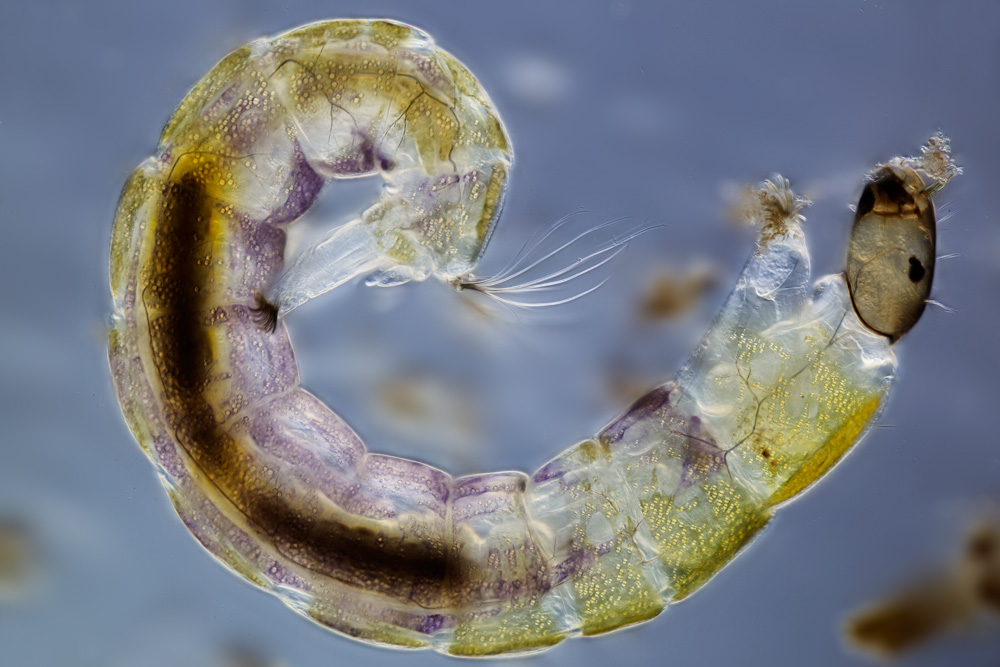
Chironomid midges, often called non-biting midges, have earned the nickname “resurrection flies” for their extraordinary ability to survive complete dehydration. Their larvae can lose up to 92% of their body water and remain in this cryptobiotic state for years. During this time, they appear completely lifeless – dried, shriveled, and seemingly dead.
Yet when water returns, these remarkable creatures rehydrate and resume normal activities within hours, as if awakening from a brief nap rather than years of suspended animation. This ability makes them some of the most resilient creatures on Earth, capable of surviving conditions that would instantly kill most other life forms. Scientists study these midges to understand how life might survive extreme conditions on other planets.
Beetles That Outlast Droughts and Disasters
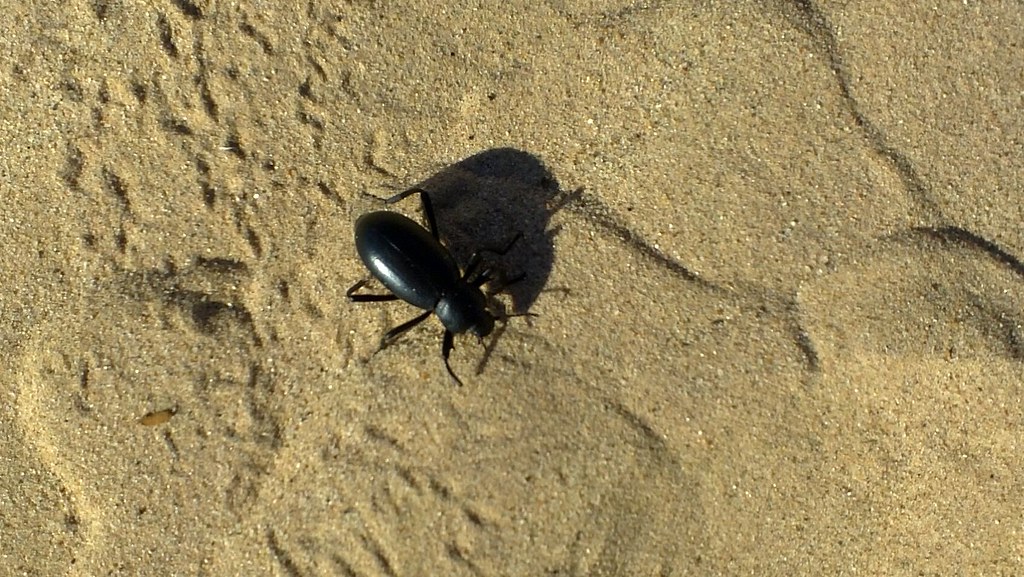
Many beetle species have evolved sophisticated diapause mechanisms that allow them to survive environmental catastrophes that would wipe out entire ecosystems. Some ground beetles can remain dormant in soil for multiple years, waiting out extended droughts, floods, or other disturbances. Their larvae often burrow deep into the earth, entering a state of suspended animation that can last until favorable conditions return.
Desert-dwelling beetles are particularly impressive, with some species able to remain dormant through multiple years of drought. When rare desert rains finally arrive, these beetles emerge in massive numbers, quickly reproducing before conditions become harsh again. This boom-and-bust cycle allows them to persist in some of Earth’s most challenging environments.
Butterfly Chrysalises That Wait Years to Emerge
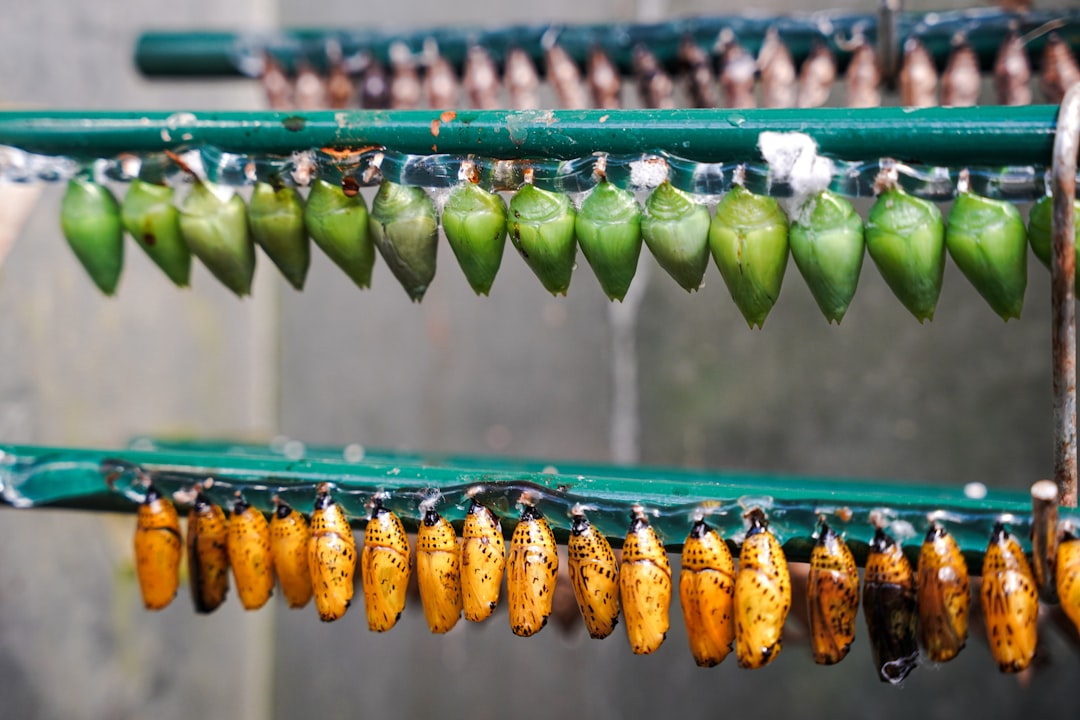
While most butterflies complete their transformation from caterpillar to adult within weeks or months, some species can extend their pupal stage for years when conditions aren’t suitable. This extended diapause in the chrysalis stage allows these butterflies to wait out harsh winters, droughts, or other environmental challenges. The developing butterfly remains frozen in time, neither aging nor progressing in its metamorphosis.
Some tropical butterflies use this strategy to synchronize their emergence with specific flowering periods of their host plants. By extending their pupal stage, they ensure they emerge exactly when their preferred nectar sources are available. This precise timing can mean the difference between successful reproduction and starvation.
Aphids and Their Seasonal Time Shifts
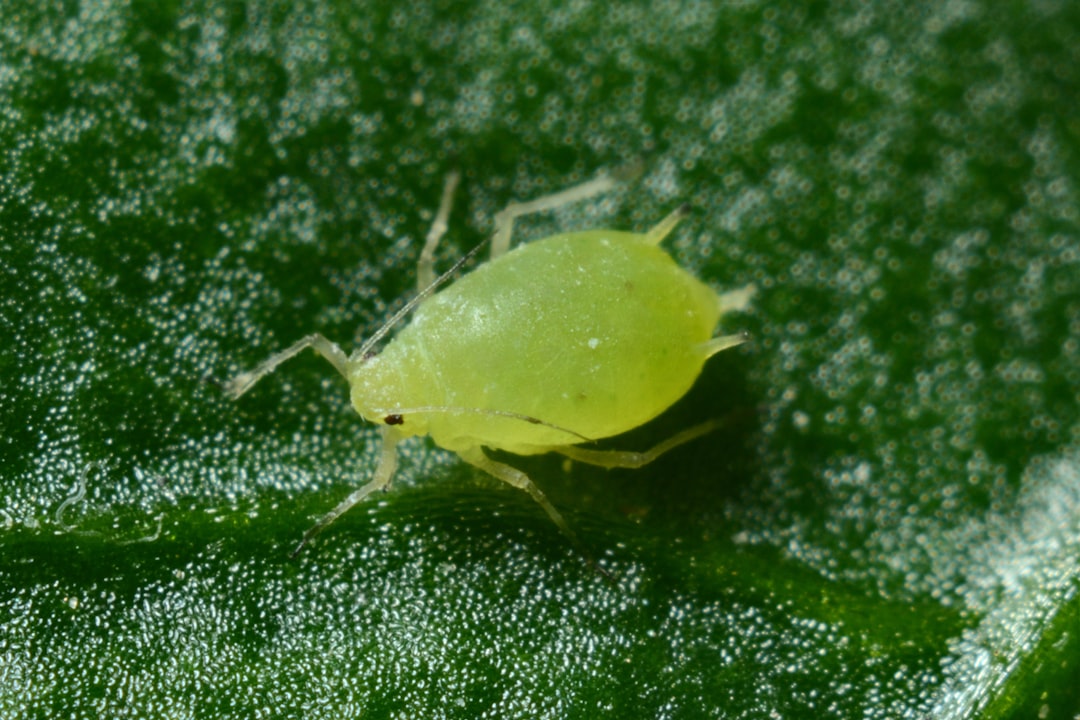
Aphids employ one of the most complex diapause strategies in the insect world, often involving multiple generations and different host plants. Some aphid species produce special overwintering eggs that remain dormant for months, waiting for specific temperature and daylight cues to hatch. These eggs can survive freezing temperatures that would kill active aphids within minutes.
What makes aphid diapause particularly fascinating is its connection to their complex life cycles. Some species alternate between different host plants seasonally, with diapause serving as a bridge between these different phases of their lives. This temporal flexibility allows aphids to exploit different ecological niches throughout the year while avoiding harsh conditions.
The Honeybee’s Winter Cluster Strategy
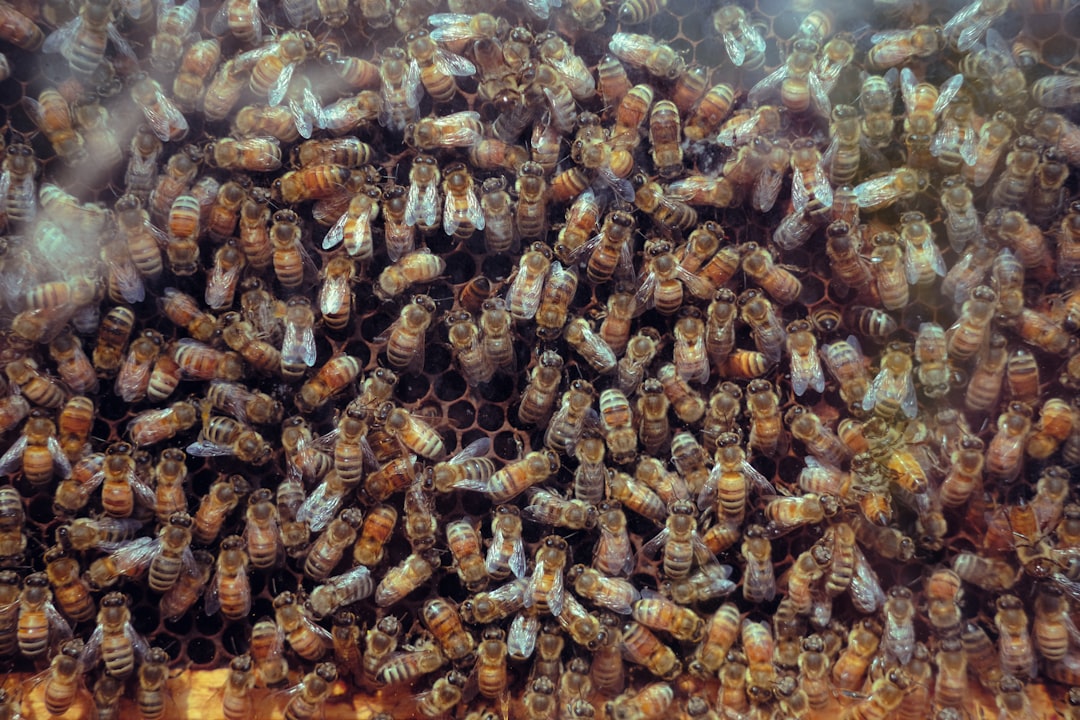
While not true diapause, honeybees have developed a fascinating semi-dormant state that allows entire colonies to survive harsh winters. Worker bees form tight clusters around the queen, vibrating their flight muscles to generate heat while dramatically slowing their metabolism. This collective time-slowing allows the colony to survive months without foraging, living off stored honey reserves.
Individual worker bees in these winter clusters can live for months, far longer than the typical six-week lifespan of summer workers. The queen also enters a modified state where she stops laying eggs, conserving energy for the colony’s survival. When spring arrives, the entire colony awakens together, resuming normal activities as if winter never happened.
Termite Alates and Their Synchronized Emergence
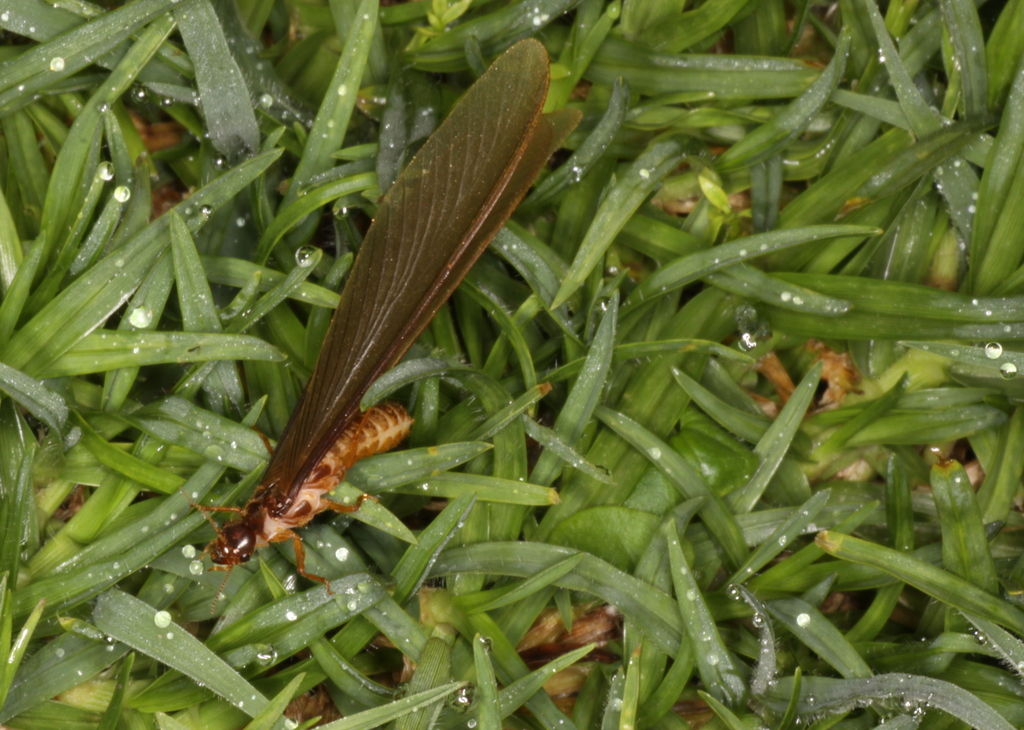
Reproductive termites, called alates, often remain in a state of developmental suspension within their colonies until conditions are perfect for their nuptial flights. These future kings and queens can wait months or even years before emerging, timing their departure with seasonal rains and optimal weather conditions. Their synchronized emergence creates spectacular mating swarms that can darken skies.
This extended waiting period ensures that when termites finally emerge to establish new colonies, they have the best possible chance of survival. The timing is so precise that entire regions will see termite swarms emerge on the same night, triggered by identical environmental cues across vast distances.
Grasshopper Eggs and Their Weather Forecasting

Many grasshopper species lay eggs that can remain dormant for variable periods depending on environmental conditions. These eggs possess remarkable weather-sensing abilities, responding to temperature cycles, moisture levels, and even day length to determine when to hatch. Some can delay hatching for additional seasons if conditions aren’t favorable, essentially making weather-based decisions about when to begin life.
This ability to “read” environmental conditions while still in the egg stage gives grasshoppers tremendous survival advantages. They can avoid hatching during drought years, unseasonably cold springs, or other challenging conditions. When they finally do emerge, it’s typically when vegetation is lush and conditions are perfect for rapid growth and reproduction.
Mayfly Nymphs and Their Multi-Year Underwater Pause
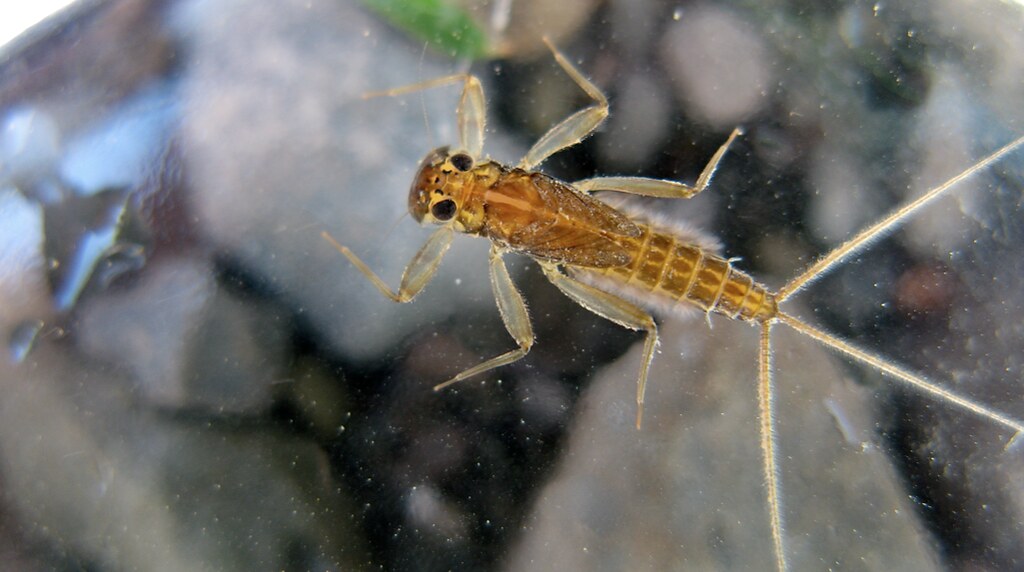
While adult mayflies famously live for just hours or days, their aquatic nymph stage can last for years in a state of extended development. These underwater juveniles grow incredibly slowly, molting numerous times while remaining in streams, lakes, or rivers. Their extended childhood allows them to accumulate massive energy reserves for their brief but intense adult reproductive phase.
Some mayfly species can extend their nymph stage for up to four years, timing their emergence with specific seasonal conditions. When they finally transform into adults, they do so in massive synchronized emergences that can blanket entire waterways. This boom-and-bust strategy ensures reproductive success despite their incredibly short adult lifespan.
The Science Behind Suspended Animation
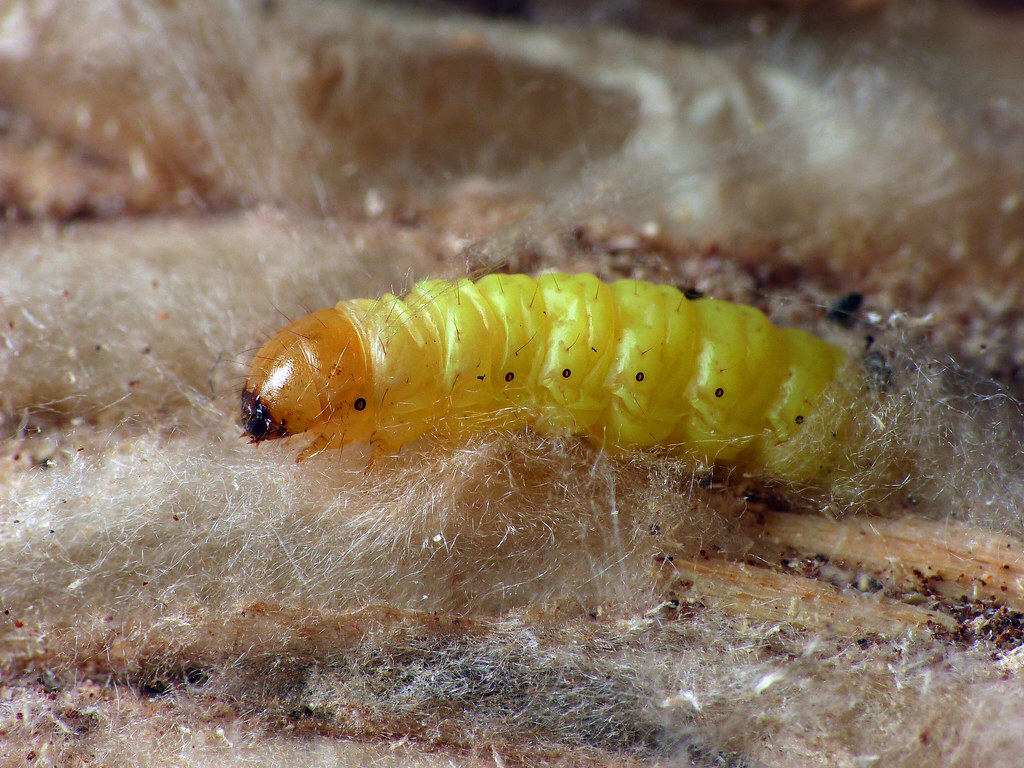
The biochemical mechanisms that enable insects to pause their lives for years involve intricate molecular switches that can halt cellular processes entirely. Special proteins protect cellular structures from damage during extended dormancy, while modified metabolism allows tissues to survive without normal energy production. These adaptations represent millions of years of evolutionary fine-tuning.
Recent research has revealed that some insects can even repair cellular damage that accumulates during diapause, emerging healthier than when they entered dormancy. Scientists are studying these mechanisms for potential applications in medicine, agriculture, and even space travel. Understanding how insects stop and restart biological time could revolutionize how we approach preservation and longevity.
Climate Change and Disrupted Biological Clocks
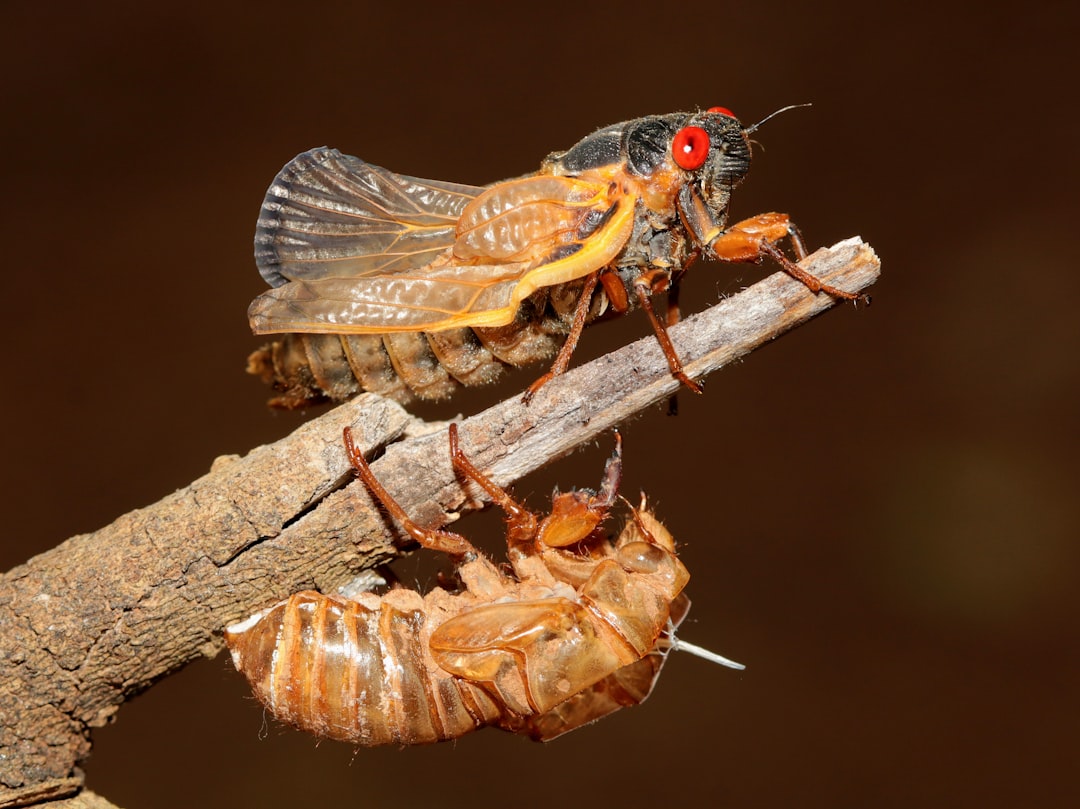
As global temperatures and weather patterns shift, many insects are finding their ancient timing mechanisms out of sync with environmental reality. Cicadas are emerging early, some butterfly species are skipping their normal diapause periods, and others are extending dormancy longer than usual. These disruptions can have cascading effects throughout ecosystems.
Some species are adapting by developing more flexible diapause responses, while others face extinction if they cannot adjust quickly enough. The insects that have survived for millions of years by perfectly timing their life cycles now face their greatest challenge: a rapidly changing world that’s disrupting the environmental cues they’ve relied on for survival.
Conclusion
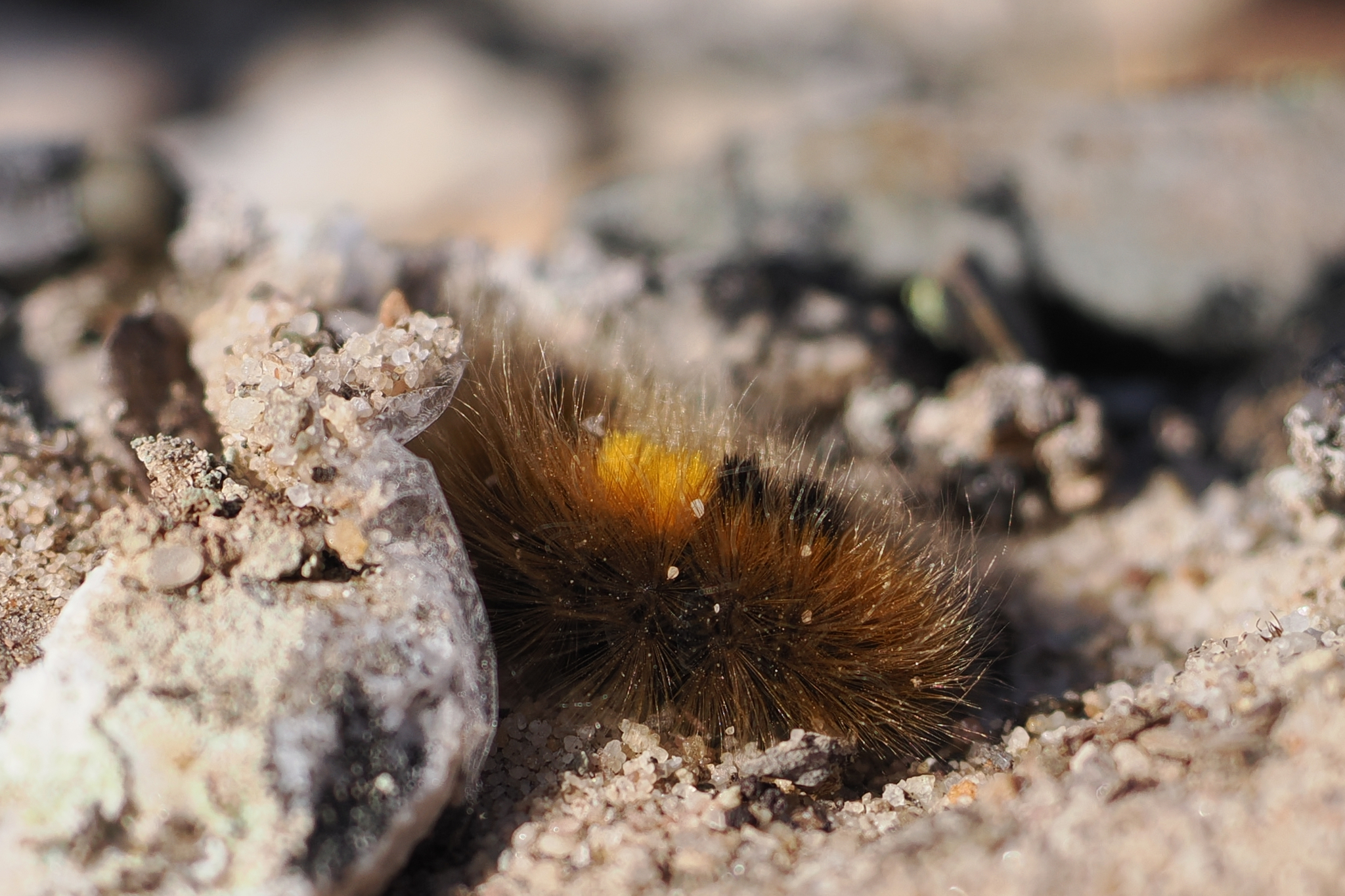
These remarkable creatures have mastered time itself, turning the passage of years into mere pauses in their extraordinary lives. Their ability to essentially stop aging, survive impossible conditions, and emerge precisely when needed represents one of evolution’s most impressive achievements. As we face our own environmental challenges, perhaps we can learn something from these tiny time travelers who have perfected the art of patience and survival. What other secrets might these masters of suspended animation still have to teach us about resilience and the nature of life itself?
